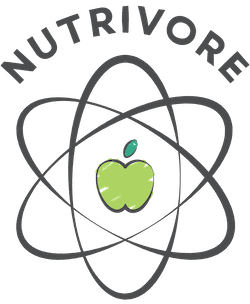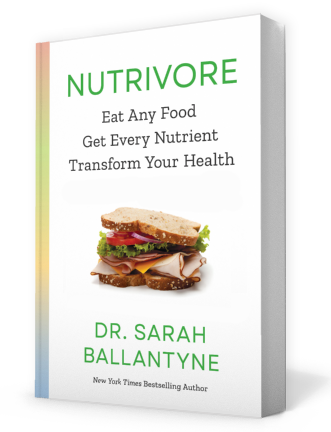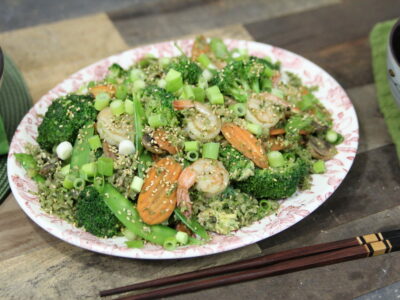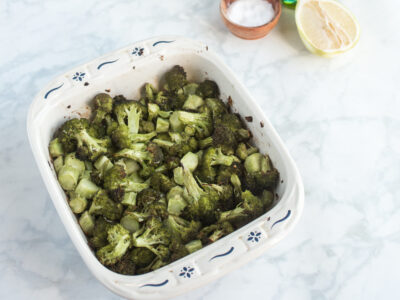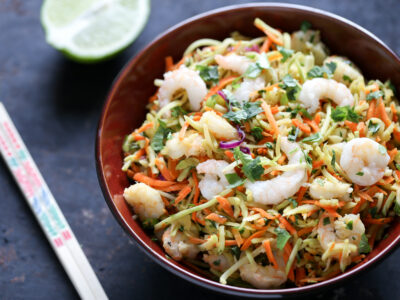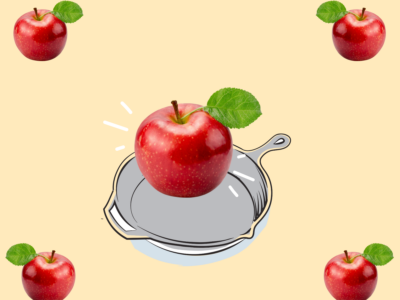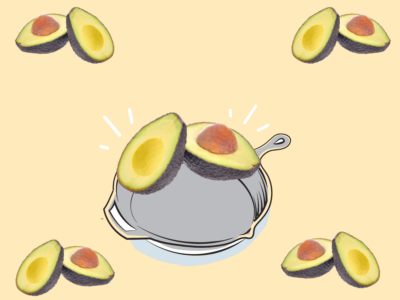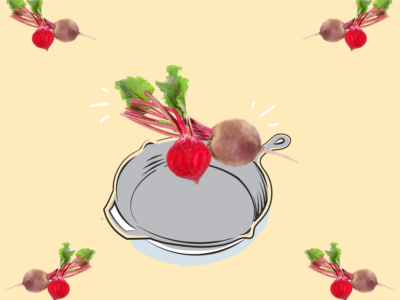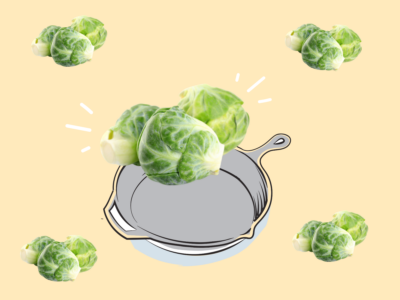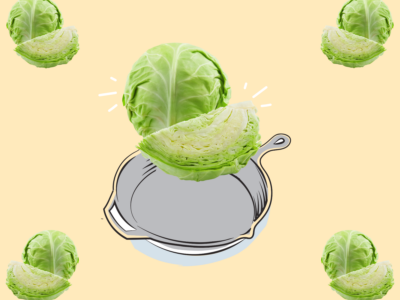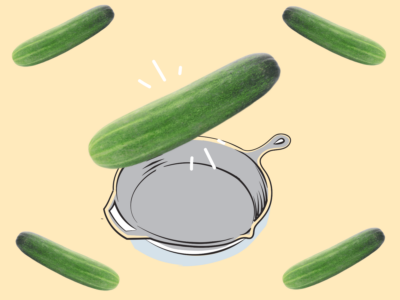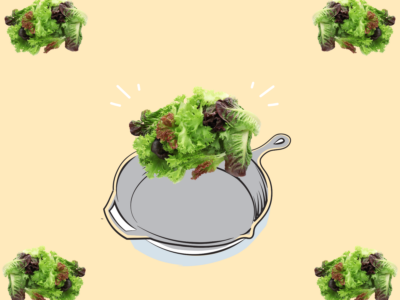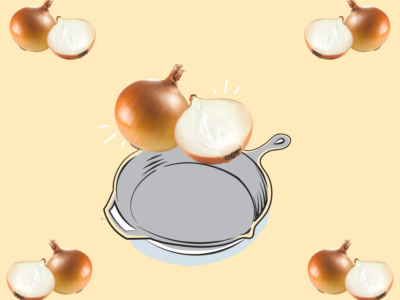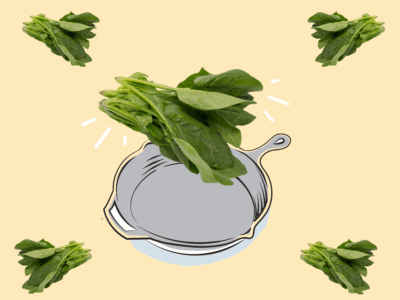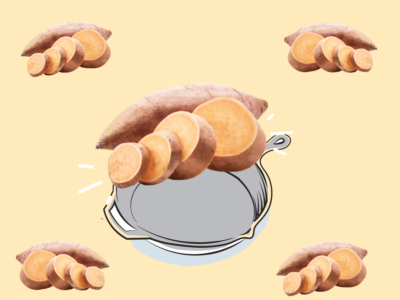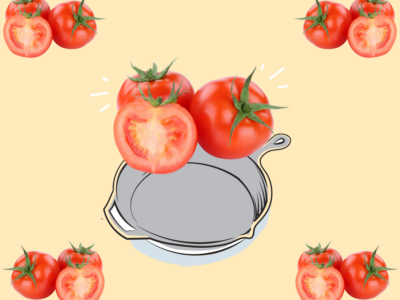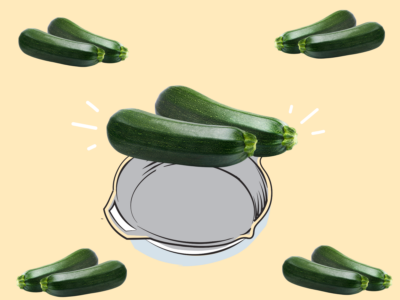Table of Contents[Hide][Show]
In the Kitchen+−
- Almonds in the Kitchen
- Apples in the Kitchen
- Avocado in the Kitchen
- Beets and Beet Greens in the Kitchen
- Brussels Sprouts in the Kitchen
- Cabbage in the Kitchen
- Celery in the Kitchen
- Cucumbers in the Kitchen
- Lettuce in the Kitchen
- Onions in the Kitchen
- Spinach in the Kitchen
- Sweet Potatoes in the Kitchen
- Tomatoes in the Kitchen
- Zucchini in the Kitchen
Broccoli is one of the most versatile veggies around—and a favorite among home cooks for good reason! Whether you’re roasting broccoli florets, sautéing stems, or adding leaves to your next stir fry, this vibrant green vegetable is easy to prep and endlessly adaptable.
While a head of broccoli might look simple, there’s more to it than meets the eye. Each part—florets, stalks, and even leaves—can be used in the kitchen, and the way you cook broccoli can significantly impact both its flavor and its nutrition.
How to Cook Broccoli
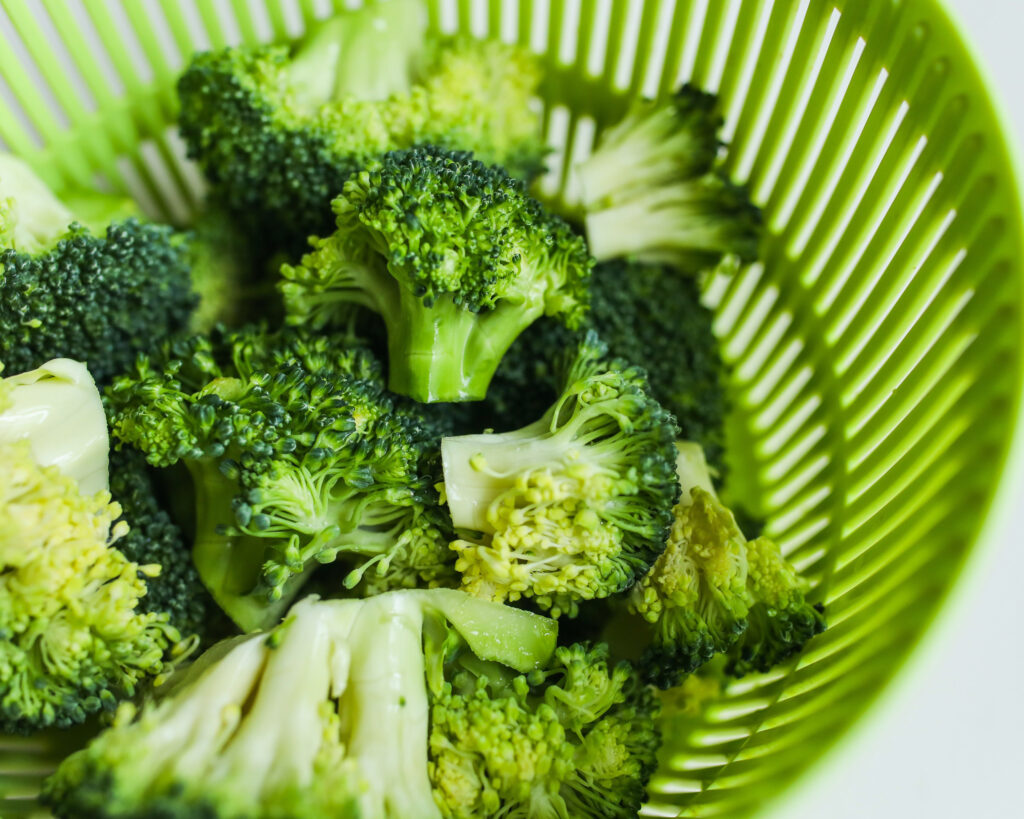
Broccoli can be enjoyed raw, steamed, sautéed, roasted, stir-fried, or even blanched. When deciding how to cook broccoli, keep in mind that each method affects its nutrient content differently. Steamed broccoli, for example, retains more vitamin C, chlorophyll, and glucosinolates compared to boiling. That’s because boiling can cause water-soluble nutrients to leach into the cooking water. Roasted broccoli develops a delicious crispy texture and caramelized flavor, especially when tossed in extra-virgin olive oil, seasoned with kosher salt, black pepper, and garlic powder, then cooked on a baking sheet or sheet pan at high heat.
For a crispy, caramelized finish, roast broccoli florets in a single layer at 425°F (220°C) with a squeeze of lemon juice and a sprinkle of parmesan cheese, red pepper flakes, or lemon zest. This easy broccoli recipe makes a flavorful side dish that pairs well with just about anything. Roasting at a high temperature helps achieve that sought-after crisp-tender texture with minimal cook time.
Prefer the stovetop? Sautéed broccoli cooked over medium-high heat with garlic cloves, olive oil, and a splash of balsamic or lemon juice is another quick and tasty option. Stir-frying is also excellent, especially when using frozen broccoli, as the high heat keeps the veggies bright green and helps them cook quickly without becoming mushy.
Want to preserve even more nutrients? Lightly steaming broccoli or enjoying it raw are your best bets. Just note that some beneficial compounds—like isothiocyanates—depend on an enzyme called myrosinase, which is sensitive to heat and becomes deactivated when broccoli is cooked above 60°C (140 °F). Interestingly, research shows something as simple as chopping broccoli into small pieces and letting it rest for 90 minutes before cooking can increase health-promoting isothiocyanates by up to 133%! Even better? Adding a small amount of mustard seed powder (about 2%) after cooking can restore the formation of sulforaphane (a well-known isothiocyanate) 3 to 5 fold, thanks to the heat-stable myrosinase in mustard seeds.

Don’t Toss the Stems or Leaves!
If you’re only eating the florets, you’re missing out. Broccoli stems are tender and mild once peeled, and they’re perfect for stir-fries, slaws, soups, or eaten raw with your favorite dip. Just slice off the woody bottom inch or two, peel away the tough outer layer, and slice the stalk into coins or matchsticks. Broccoli stalks take a little longer to cook, but they’re well worth the effort—plus, they’re a great way to reduce food waste. You can also buy pre-packaged broccoli stalk riced or shredded into broccoli slaw.
Broccoli leaves are also edible and can be used just like other leafy greens. Try sautéing them like kale, tossing them in a pesto, or roasting with olive oil and salt for a crispy snack. You can even blend the tender leaves into smoothies or chop them into casseroles, just like you would with spinach or chard.
Final Tips for Home Cooks

- Steamed broccoli is great for meal prep—store in an airtight container in the fridge for easy additions to pasta, casseroles, or bowls.
- Try blanching broccoli before roasting to get a head start on tenderizing while keeping it bright green.
- Frozen broccoli works well for stir-fries, soups, or quick sautés.
- Broccoli pairs well with bold flavors—think tahini, pesto, garlic, citrus, or parmesan.
- Add broccoli to classic sides with other veggies like green beans, brussels sprouts, or butternut squash for variety.
From simple sheet pan meals to sautéed sides and clever flavor boosters like mustard seed powder, there’s no shortage of new recipes to try. No matter your favorite cooking method, this fiber-rich veggie is a true kitchen staple—and a delicious way to boost your intake of numerous beneficial compounds.
Eat broccoli raw or cooked, florets or stems—any way you slice it, it’s a smart, delicious, and flexible addition to your plate.
Broccoli Recipes
Looking for inspiration? Try my favorite broccoli recipes:
In the Kitchen
If you’re looking for inspiration on how to prepare some of your other favorite foods, check out these posts!
